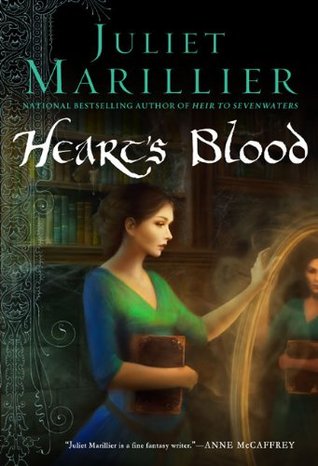When it comes to the world of literature, it’s easy to get lost in the romances between characters. However, some of the most compelling and memorable relationships in books are those that are non-romantic. From friendships to mentorships, these relationships can provide some of the most heartwarming and impactful moments in a story. Here are the top ten favorite non-romantic relationships in books:
1. Harry Potter and Hermione Granger from the Harry Potter series by J.K. Rowling: Harry and Hermione’s friendship is one of the most iconic in literature. They support and look out for each other through thick and thin, even when facing seemingly insurmountable challenges.
2. Frodo Baggins and Samwise Gamgee from The Lord of the Rings by J.R.R. Tolkien: Frodo and Sam’s bond is a testament to loyalty and courage. Sam’s unwavering devotion to Frodo on their quest to destroy the One Ring is both heartwarming and inspiring.
3. Sherlock Holmes and Dr. John Watson from the Sherlock Holmes series by Sir Arthur Conan Doyle: Holmes and Watson’s partnership is legendary. Watson’s steadfast loyalty and admiration for Holmes complement the detective’s brilliant mind and eccentricities perfectly.
4. Scout Finch and Atticus Finch from To Kill a Mockingbird by Harper Lee: Scout and Atticus’s father-daughter relationship is both heartwarming and thought-provoking. Atticus’s wisdom and moral integrity have a profound impact on Scout’s growth and understanding of the world.
5. Elizabeth Bennet and Charlotte Lucas from Pride and Prejudice by Jane Austen: Elizabeth and Charlotte’s friendship is a nuanced portrayal of the complexities of female relationships. Charlotte’s pragmatism and Elizabeth’s wit create a dynamic and engaging bond between the two characters.
6. Charlie, Patrick, and Sam from The Perks of Being a Wallflower by Stephen Chbosky: The friendship between Charlie, Patrick, and Sam is a source of comfort and support for each character as they navigate the challenges of adolescence. Their bond is a reminder of the power of friendship in times of need.
7. Scout and Jem Finch from To Kill a Mockingbird by Harper Lee: Scout and Jem’s sibling relationship is at the heart of Lee’s novel. Their shared experiences and mutual love for each other create a deep and enduring bond that carries them through the trials and tribulations of growing up in a racially divided South.
8. Marianne and Elinor Dashwood from Sense and Sensibility by Jane Austen: Marianne and Elinor’s sisterly relationship is a study in contrasts. Marianne’s passion and emotional intensity are balanced by Elinor’s practicality and restraint, creating a dynamic and engaging dynamic between the two characters.
9. Huck Finn and Jim in The Adventures of Huckleberry Finn by Mark Twain: Huck and Jim’s unlikely friendship transcends societal norms and prejudices. Despite their differences in race and social status, Huck and Jim form a deep bond based on mutual respect and understanding.
10. Katniss Everdeen and Rue from The Hunger Games by Suzanne Collins: Katniss and Rue’s brief but impactful relationship is a powerful example of camaraderie and sacrifice. Rue’s innocence and vulnerability touch Katniss’s heart, leading to a profound connection between the two characters.
In conclusion, non-romantic relationships in books can be just as compelling and impactful as romantic ones. The ten relationships highlighted above showcase the depth, complexity, and power of friendships, mentorships, and family ties in literature. From loyalty and courage to sacrifice and understanding, these relationships provide readers with a glimpse into the intricacies of human connection and emotion.


